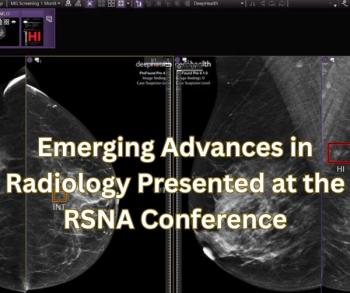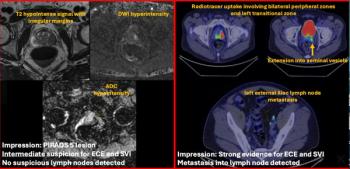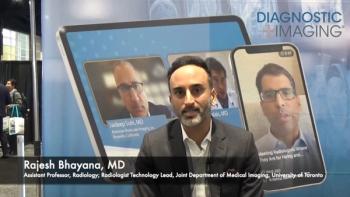
Coil manufacturer commercializes advanced technology for 3T devices
MR Instruments has begun shipping a high-performance 3T MR head coil. Company officials boast that their new device, dubbed TEM 3000, produces a signal strong enough and a specific absorption rate low enough to allow 3T spectroscopy.
MR Instruments has begun shipping a high-performance 3T MR head coil. Company officials boast that their new device, dubbed TEM 3000, produces a signal strong enough and a specific absorption rate low enough to allow 3T spectroscopy.
"We have heard that our coil is the only one that can do this," said MR Instruments vice president of sales and marketing Kevin Sundquist. "The others use too much power."
Unlike other transverse electromagnetic (TEM) coils developed by the Minneapolis-based firm, TEM 3000 is being mass-produced for routine clinical 3T users. Other TEM head, body, and surface coils built by MR Instruments were custom-designed for research applications at 3T, 4T, 7T, and 9.4T.
MR Instruments is planning a direct sales force but, for the time being, its business model depends on collaborations with the major MR manufacturers. Referrals to many of the sites buying the first batch of TEM 3000 coils came from contacts made by Siemens sales staff.
"There is no direct relationship with Siemens," Sundquist said. "Our coil helps sell their systems because it supports better image quality and more applications."
The first batch of 25 coils were built with an interface to Siemens equipment. An interface compatible with GE 3T systems is scheduled for completion in about two months. A Philips' compatible version is expected next year.
TEM coils both transmit and receive MR signals. Some other coils do the same, but TEM coils do it in a unique manner. The electronic circuits used in TEM are distributed throughout the coil. TEM 3000, for example, has 15 different elements, each physically separate. The harnessing of these elements in the design fabricated by MR Instruments provides an edge over the competition, according to Sundquist.
"We have a stronger signal coming back, because we have better utilization of power," he said. "We do more with less energy."
The head coil design is also spacious enough to offer greater flexibility than many competing models. TEM 3000, for example, can accommodate the bandages of postsurgical patients and the ancillary equipment, such as headphones and oxygen masks, needed for fMRI.
TEM 3000 may be the first in a family of commercial TEM coils, Sundquist said. With relatively minor modifications, it can be turned into a knee coil and an elbow coil.
Newsletter
Stay at the forefront of radiology with the Diagnostic Imaging newsletter, delivering the latest news, clinical insights, and imaging advancements for today’s radiologists.




























